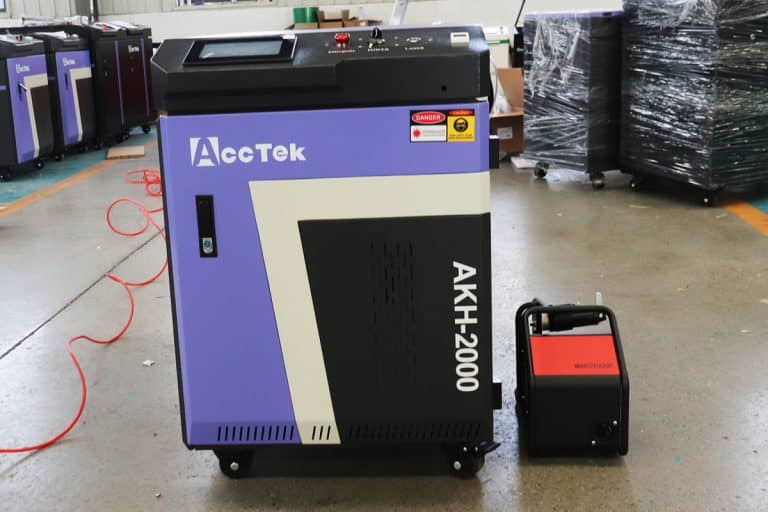
Laser Welding Carbon Steel Guide
This guide explains laser welding of carbon steel, covering material properties, process principles, preparation steps, applications, challenges, and safety.
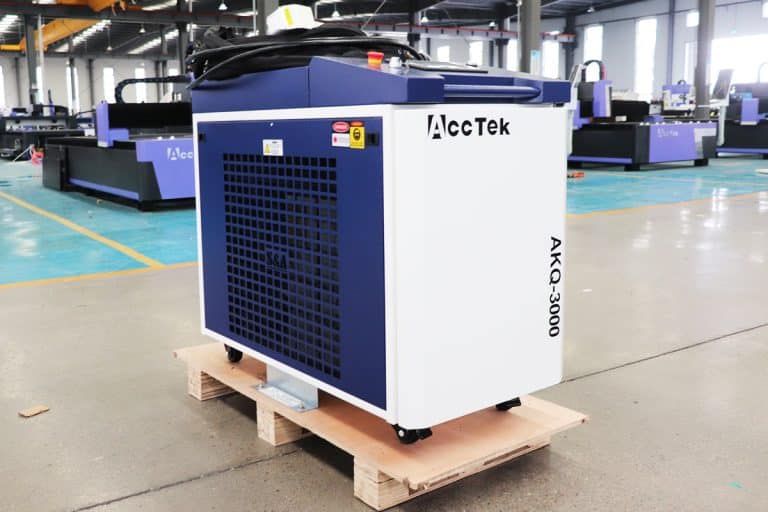
What Are The Applications Of Laser Cleaning Machines?
This article explains the applications of laser cleaning machines, covering working methods, advantages, limitations, and uses across multiple industries.
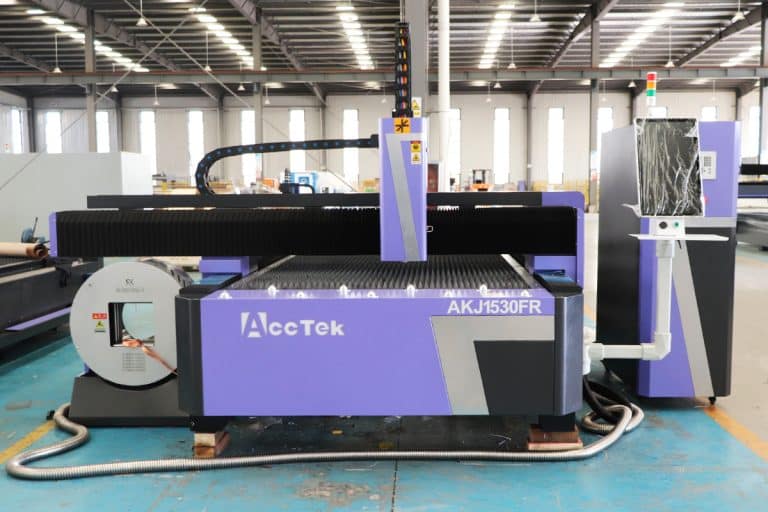
Open And Closed Bed Design in Laser Cutting Machines
This article explains open-bed and closed-bed laser cutting machine designs, covering safety, cut quality, cost, workflow, and key factors for selecting the right system.
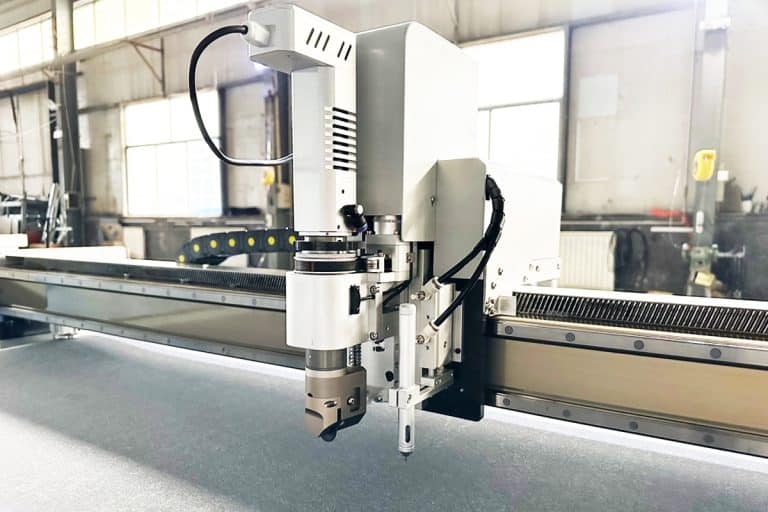
What Are The Applications of Oscillating Knife Cutting Machines?
Explore the diverse applications of oscillating knife cutting machines, their capabilities, industries served, and key factors for selecting the right solution.
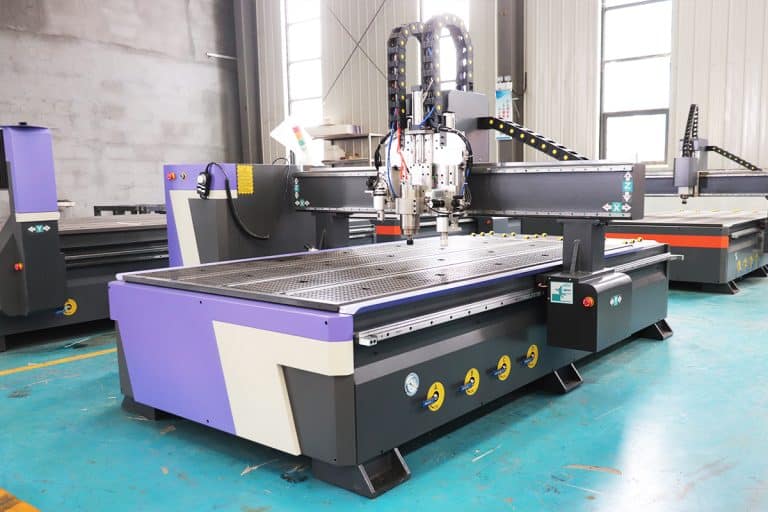
How to Choose Automatic Tool Changers for CNC Routers?
This article explains how to choose the right Automatic Tool Changer (ATC) for CNC routers, covering types, key factors, integration, costs, and common mistakes.
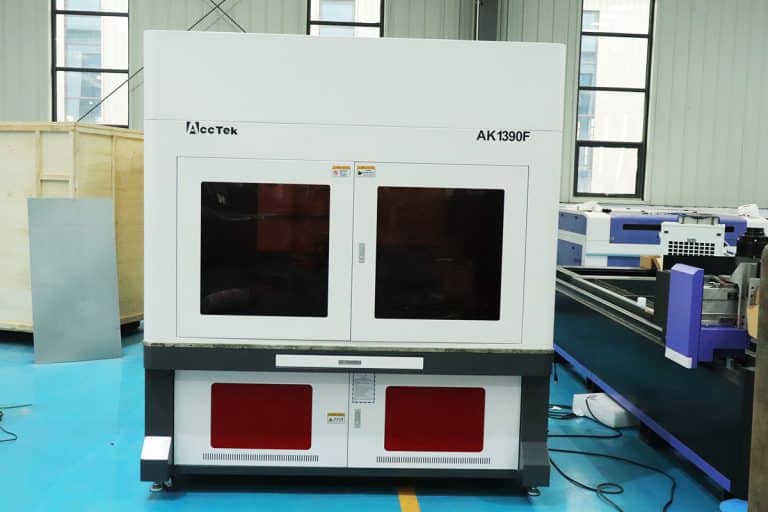
Pad Printing VS Laser Marking
Explore the processes, advantages, limitations, and applications of pad printing and laser marking to understand which technology fits different marking needs.
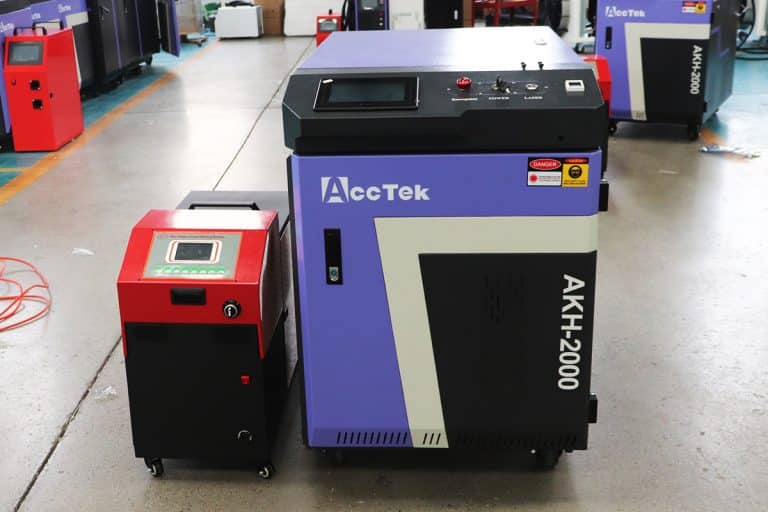
Laser Welding Stainless Steel Guide
This comprehensive guide to laser welding stainless steel covers techniques, equipment, materials, defect prevention, and best practices for high-quality welds.
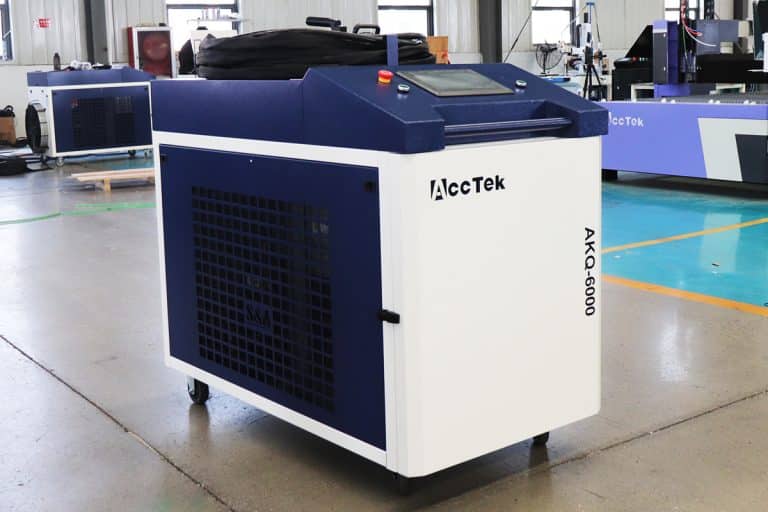
Laser Cleaning Machine Buying Guide
This comprehensive guide to laser cleaning machines covers technology, applications, specifications, cost factors, safety, and the step-by-step buying process.
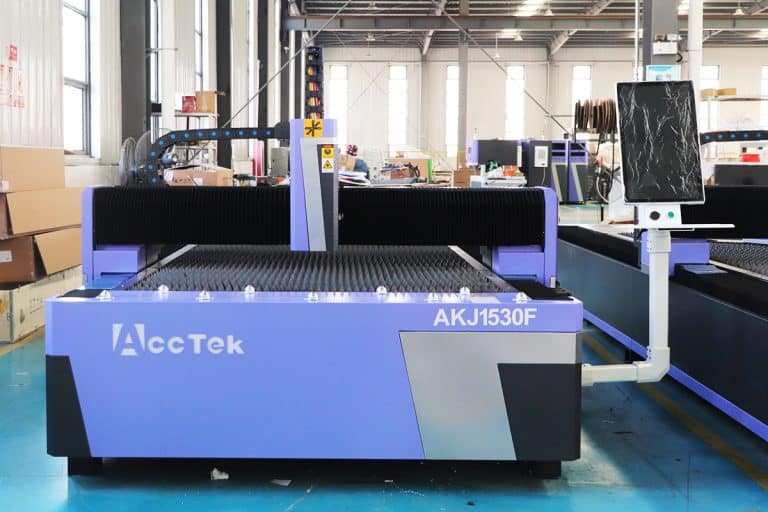
Comprehensive Guide to Selecting Laser Power for Laser Cutting Machines
This comprehensive guide explains how to select the right laser power for cutting machines based on material type, thickness, cut quality, and production requirements.
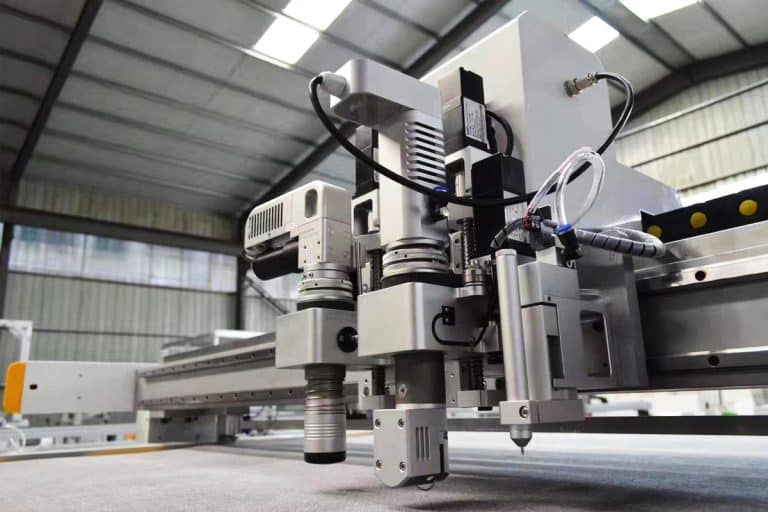
Oscillating Knife Cutting Machine Buying Guide
This comprehensive guide explains how to choose the right oscillating knife cutting machine, covering key specs, materials, costs, implementation, and common buyer mistakes.
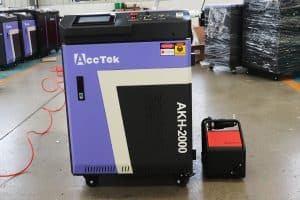
Laser Welding Carbon Steel Guide
This guide explains laser welding of carbon steel, covering material properties, process principles, preparation steps, applications, challenges, and safety.
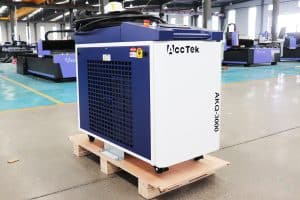
What Are The Applications Of Laser Cleaning Machines?
This article explains the applications of laser cleaning machines, covering working methods, advantages, limitations, and uses across multiple industries.
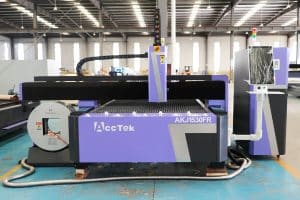
Open And Closed Bed Design in Laser Cutting Machines
This article explains open-bed and closed-bed laser cutting machine designs, covering safety, cut quality, cost, workflow, and key factors for selecting the right system.
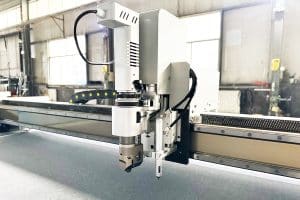
What Are The Applications of Oscillating Knife Cutting Machines?
Explore the diverse applications of oscillating knife cutting machines, their capabilities, industries served, and key factors for selecting the right solution.
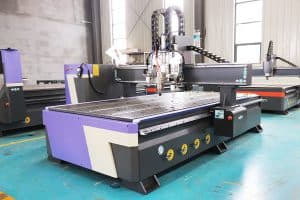
How to Choose Automatic Tool Changers for CNC Routers?
This article explains how to choose the right Automatic Tool Changer (ATC) for CNC routers, covering types, key factors, integration, costs, and common mistakes.
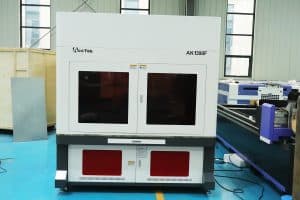
Pad Printing VS Laser Marking
Explore the processes, advantages, limitations, and applications of pad printing and laser marking to understand which technology fits different marking needs.
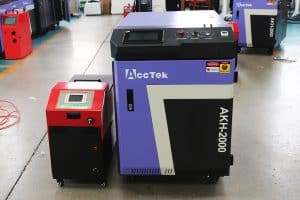
Laser Welding Stainless Steel Guide
This comprehensive guide to laser welding stainless steel covers techniques, equipment, materials, defect prevention, and best practices for high-quality welds.
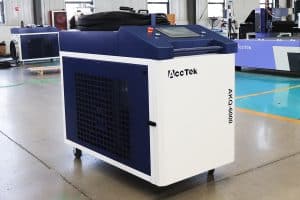
Laser Cleaning Machine Buying Guide
This comprehensive guide to laser cleaning machines covers technology, applications, specifications, cost factors, safety, and the step-by-step buying process.
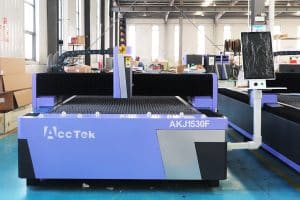
Comprehensive Guide to Selecting Laser Power for Laser Cutting Machines
This comprehensive guide explains how to select the right laser power for cutting machines based on material type, thickness, cut quality, and production requirements.
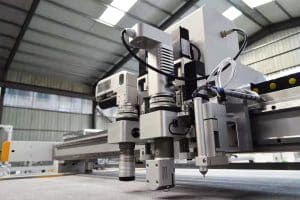
Oscillating Knife Cutting Machine Buying Guide
This comprehensive guide explains how to choose the right oscillating knife cutting machine, covering key specs, materials, costs, implementation, and common buyer mistakes.
